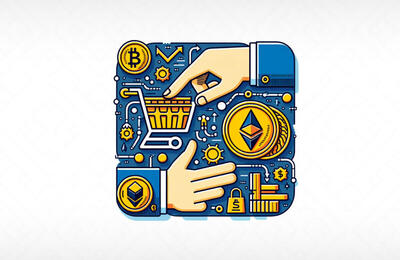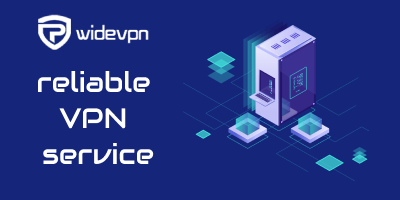
The Ethereum network is currently preparing to move from the Proof of Work (PoS) algorithm to the Proof of Stake (PoS) in a major upgrade called «Merge». Ethereum has since 2015 used the PoW algorithm to secure and add new transactions and other information. Under this system, users' computers solve complex mathematics to add a new block. However, this method is said to be energy intensive.
Digoconomist estimate that Ethereum consumes about 112 terawatt-hours of electricity per year. This is more than what the Philippines and Pakistan consume. A single transaction of Ethereum is also said to be more than the 9 days power consumption of an average US household. Migrating to the PoS system means it will conserve more than 99% energy.
The Merge will be backed by a “Beacon chain” — a PoS ledger of accounts. It has been undergoing testing, and currently has over 400,000 validators. The implementation of the Merge would see the information from the Mainnet transferred to the Beacon chain.
During the Merge, the consensus layer would be upgraded while the data layer would remain unchanged. The Ethereum blockchain layer is designed to consist of two important elements namely: a pointer and a linked list.
A linked list is a list of chained blocks that contain data. It uses a pointer that points to the previous block. Ethereum explains that the data layer would not be affected since the Merge is just an upgrade, but not the launch of a new version.
Some Expected Changes After the Launch
The implementation of the Merge will make it impossible to verify transactions on the mainnet via mining. All new transactions would, however, be confirmed by validators on the Beacon chain. It is important to note that mining rewards are larger than staking, so the switch will cause the rate at which new coins enter into circulation to decrease by about 90%.
The completion of the Merge would pave the way for the addition of other features including a post-merge cleanup, and sharding. There is a plan to allow stakers to withdraw their staked ETH, and the post-merge «cleanup» upgrade would play a key role.
Also, there will be a possibility of Sharding. Though this is not part of the Merge, it could be considered for future updates. Sharding is said to split validation work into smaller amounts. This is to ensure that the network processes thousands of transactions. For now, Ethereum can only handle 15 transactions per second.
Also, because it could allow people to run Ethereum on small devices like phones, the network participants could increase.
However, the network's gas fees and transaction speed will not be changed according to the Ethereum website. Also, the way users access their Ethereum would not be changed. This is because the Merge would transfer the entire transaction history.
Any Action Needed?
According to the Ethereum website, no action is needed. It should be noted that scammers would take advantage of this major upgrade to trick users into fraudulent schemes. The website, therefore, cautions users to be careful with messages that ask them to upgrade or transfer to a new token like ETH2.
Miners should note that they will no longer be able to mine after the Merge. Those who operate an Ethereum node or stakers on the Beacon chain need to follow certain steps for a perfect transition.
Most importantly, Ethereum has «four unique client implementations of Proof of Stake Ethereum nodes» if the Merge fails to deliver as expected. This gives stake node operators the option to switch to different clients. The final trial of the Merge is scheduled to take place on the Goerli network in the second week of August.















